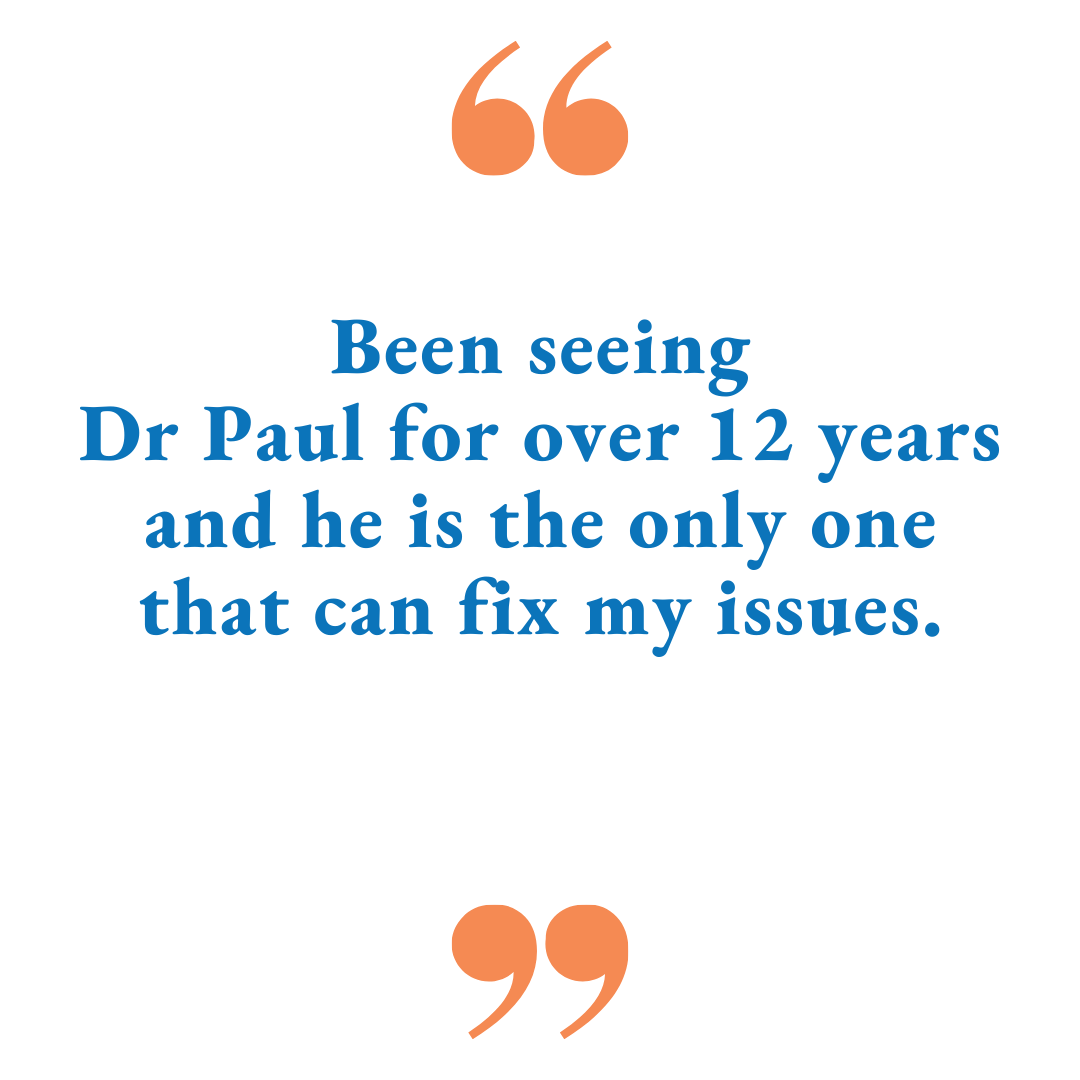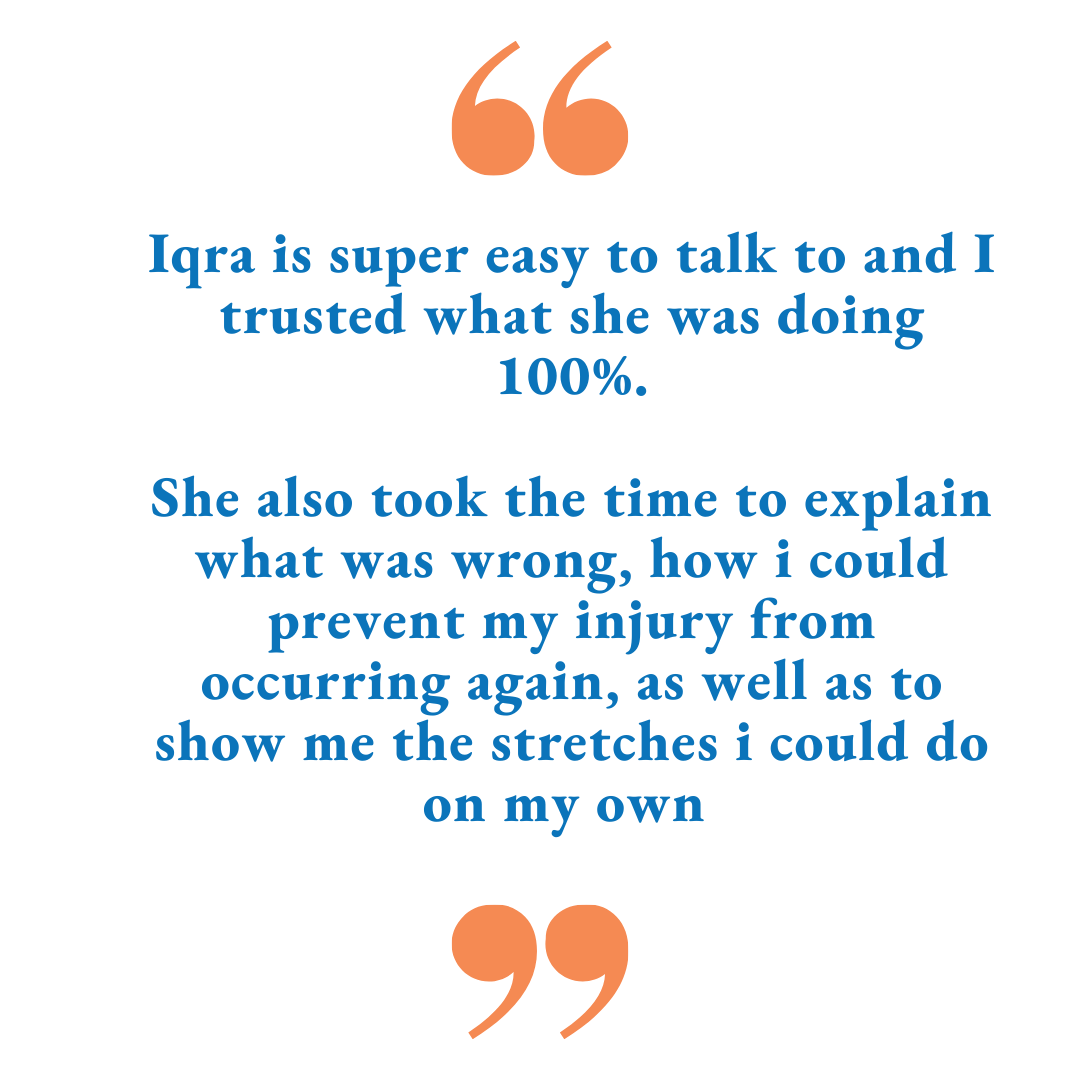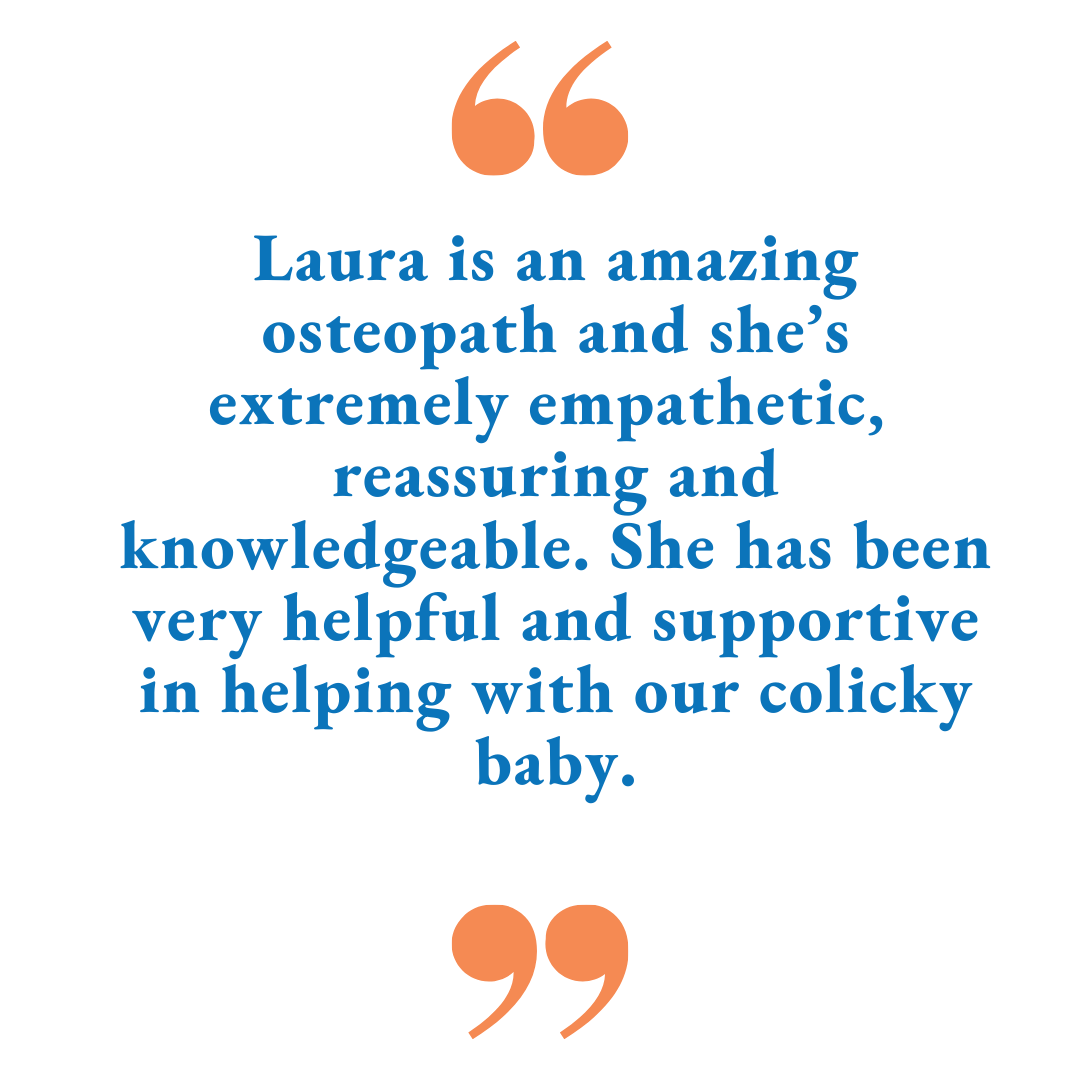Pregnancy Pain
Pregnancy Pains and TOC's Top Tips for Pregnancy-Related Aches, Pains, and Discomforts
Common questions pregnant women ask about pain during the prenatal phase:
-
How to Ease Abdominal Pain During Pregnancy?
-
What Causes Lower Back Pain in Pregnancy?
-
What to do when pregnancy becomes a pain in the tailbone?
-
Will tailbone pain improve after childbirth?
-
How to take pressure off your tailbone?
-
What aches and pains are normal during pregnancy?
-
Tips to relieve pregnancy-related Ache, Pains, and Discomforts.
Are you experiencing pain during pregnancy?
Pregnant women experiencing pain during pregnancy is common for various reasons. It is however important to distinguish the character of pain, levels of pain, and specific discomfort during pregnancy. Fluctuations in hormones and pregnancy-related postural changes place many demands on the body often resulting in a variety of aches and pains. There are many treatments to help ease the discomfort some of which can be done at home or by medical practitioners such as an osteopath, physiotherapist, or chiropractor.
Osteopathy may offer a safe and effective way of helping these common pregnancy-related conditions.
Common Pregnancy-related conditions
Common Causes Of Pain In Pregnancy - What aches and pains are normal during pregnancy?
You may be visited with various kinds of discomforts during pregnancy -- some fleeting, some more permanent. Some may occur in the early weeks, while others emerge closer to the time of delivery. These symptoms may appear early and then go away, only to return later or can be present through the pregnancy. Every woman's pregnancy is unique, so you may not experience all of the changes described in this article. As always, if you notice any changes that concern you, mention them to your health care provider. The pains listed below are considered a normal part of pregnancy.
-
Headache
Headaches are common during pregnancy for different reasons depending on which trimester you find yourself in.
First Trimester causes: Due to the rapid change in hormones headaches are usually caused by tension and additional stress put on the body to perform daily tasks - the body is in a transition phase of adapting to these rapid changes. Other causes during this time include; poor nutrition due to nausea and lack of appetite, low blood sugar levels, dehydration due to vomiting and morning sickness, lack of sleep, vision changes (eyes become more sensitive to light which may trigger a migraine), or a sedentary lifestyle due to fatigue.
Second and Third Trimester causes: In the last two trimesters causes are less likely to be hormonal as the body has adapted but more likely due to tension and stress on the body posturally and anatomically as a result of weight change, dehydration, high blood pressure, muscle strain, poor posture, lack of sleep or poor nutrition.
How to Ease Abdominal Pain During Pregnancy
Most causes of abdominal pain during pregnancy are harmless and are merely the body making space for the growing uterus. As the uterus grows it presses on the bowel which causes a feeling of discomfort which can lead to nausea, vomiting, indigestion, acid reflux, constipation, cramps, and gas build-up.
Treatment to ease cramps can be as simple as eating smaller but more frequent meals (this will also help to balance and maintain blood sugar levels), exercising and moving your body regularly, resting sufficiently, and emptying your bladder often. To ease constipation, which is caused by the increase in the hormone Progesterone, drink plenty of water and increase fibre-rich foods. Heating pads can also ease tension and muscular spasms surrounding the abdomen.
Round ligament pain can cause abdominal pain that often feels like either a dull ache or stabbing, sharp pain that radiates into the groin. Ligament pain usually occurs in the second trimester when the uterus is rapidly expanding and stretches the ligaments around the uterus. Round ligament pain usually resolves itself. If abdominal pain is severe or persistent there might be a risk of a more serious condition and it is recommended to visit your OB-GYN.
Important to note, if there is ever any bleeding, fever, severe pain, visual disturbances or any other unknown complications seek medical attention immediately.
Uterus pain in pregnancy may be caused by gas or the stretching of your uterus but it may also be a sign of something more serious. Always tell your doctor about abnormal pains during pregnancy. (healthline.com)
Ectopic or tubal pregnancies, in which the egg implants someplace other than the uterus, most often in the fallopian tube, occur in 1 in 50 pregnancies, according to the March of Dimes. In the unlikely event that you have an ectopic pregnancy, you may experience intense pain and bleeding between your 6th and 10th weeks of pregnancy, as the tube becomes distended. Women at increased risk for ectopic pregnancy include those who have had an ectopic pregnancy in the past or have had pelvic, abdominal or fallopian tube surgery, those who have had endometriosis, a tubal ligation, an intrauterine device (IUD) in place at the time of conception or pelvic infection. An abnormally shaped uterus and the use of artificial reproductive techniques may also increase the risk. (parents.com)
-
Fluid retention
Fluid retention or oedema commonly occurs in the second half of the pregnancy and is linked to the blood circulation being disrupted and fluid pooling in the legs, feet, and ankles which causes swelling and discomfort. During pregnancy water in your body increases by up to 8 litres while your blood plasma volume also increases as the placenta needs to be nourished. When this excess fluid is not sufficiently flushed out, the cells hold onto the fluid and cause the body to feel "puffy" and swollen. This worsens the closer you get to labour.
The massive increase in body fluids during pregnancy is coupled with increasing sodium levels. And most of us have seen the effects of what a little too much takeout pizza can do. Sodium affects how your body absorbs and processes water. Even the slightest rise in sodium may cause you to feel the power of the “puff.”
https://www.healthline.com/health/pregnancy/swelling-in-pregnancy-when-to-worry#causes
Reducing swelling pain during pregnancy:
- Elevate your feet above your head by lying on the floor and propping your legs against the wall
- Increase water intake to decrease sodium levels Invest in a pair of compression stockings - especially when traveling or flying or any atmospheric pressure changes
- Avoid hot and humid weather (prevent excessive sweating and fluid loss)
- Don't stand for long periods of time Wear flat, comfortable and supportive shoes - no heels
- Eat foods high in potassium (eg. bananas or avocados) to combat sodium levels
- Limit high salt, processed and fatty foods
Pregnancy-related Pelvic Girdle Pain (PGP)
What to do when pregnancy becomes a pain in the tailbone?
Will tailbone pain improve after childbirth?
How to take pressure off your tailbone?
Pelvic Pain can often be misinterpreted as sciatic pain and often the two conditions are interlinked.
Pelvic changes are normal in pregnancy and help accommodate the growing uterus and facilitate birth.
Pelvic pain is often experienced at the back of the pelvis, in the region of the sacro-iliac joints (the joints between the ilium of the pelvis and sacrum spinal bones) known as sacroiliac dysfunction, or in the front central region around the symphysis joints, commonly termed symphysis pubis dysfunction (SPD). A number of factors may contribute to pelvic pain including; changes in soft tissue and ligament tension as a response to the hormone relaxin, alterations in pelvic and spinal posture and changes in movement and biomechanics. Increased sensitivity in the pelvis leading to irritation of the pain receptive nerves that pass information from the region to the brain. This in turn may lead to changes in functional movement around the pelvis. All of these factors may also cause increased muscle tension in the pelvic floor, groin and lower back regions leading to more pain.
Pelvic girdle pain is common during pregnancy and may affect up to 76% of pregnant women. This pain may also be experienced for several years after childbirth in 5% to 8.5% of new mothers.
It is important to note that in many instances pelvic pain will resolve naturally within two to four weeks after delivery.
Typical features of pelvic girdle pain include:
- Pain that may feel like a stabbing, dull, shooting, and/or burning sensation in the back of the pelvic area or in the central front pubic region of the pelvis. Pain may also be experienced in the groin, inner thigh and lower back.
- Pain that may extend into the buttock and radiate to the groin and back of the thigh.
- Pain that may mimic sciatica, but unlike sciatica, is often impossible to locate precisely and may change in type or area(s) affected as pregnancy progresses Women with a history of lower back pain before pregnancy and/or those with physically demanding jobs that require them to stand for extended periods are at a greater risk of developing pelvic pain while pregnant.
Pregnancy-related Low Back Pain
- What Causes Lower Back Pain in Pregnancy?
Anatomical changes to the musculoskeletal system cause postural compensations, which strain the lower back as the placement of weight in the body shifts. Pregnant women may experience pain originating in the lower back and radiate into the thighs, buttocks, and legs which could be related or confused with sciatica symptoms. Back pain, in some cases, can also become chronic even after labour. The lumbar spine (lower back) undergoes lordosis, which is an increase in the c-shaped curvature, as the baby grows, and strains the muscles and ligaments surrounding this area.
Often this back pain worsens at night (especially when lying down) as the expanding uterus places pressure on the vena cava (a major blood vessel) and blood flow to the lumbar spine and pelvis is effected.
7 tips for low back pain management and relief:
- A warm bath to relax the tense or spasming muscles
- Roll out your lower back with a foam roller or a small exercise ball
- Seeing a physical therapist for manual therapy/dry needling/acupuncture
- Craniosacral therapy
- Seeing a prenatal massage therapist for a prenatal and postnatal massage
- Moving your body daily by doing gentle exercise such as going for a walk, light cardio, Pilates, Yoga etc. to strengthen the core and support the lower back
- Osteopathic therapy
Shortness of Breath (Rib and upper back pain)
Lower back pain can cause upper back pain too as the muscles in the lumbar spine tighten and create tension up the spine. Lower back pain, upper back, and rib pain are also caused by anatomical shifts and changes. As the uterus grows it presses against the top of the ribs and diaphragm this causes less space to be available for the diaphragm and ribs to expand and contract efficiently for deep breathing therefore shallow breathing is common. This may also cause hiccups.
Using conscious breathing techniques allows the body to create space for the diaphragm and the muscles surrounding the ribs to release.
-
Fatigue
The amount of energy that is burnt when pregnant is largely underestimated by most women. You are after all growing a human! Pacing yourself is important and taking time to rest and nap is helpful. Pay attention to getting to bed early and fueling yourself sufficiently with nourishing food to keep you and your baby healthy and strong.
In some cases, severe fatigue could be a sign of anaemia as the iron level during pregnancy rapidly falls this should be checked by doing a blood test. In this case, iron supplements are usually administered. Increasing iron-rich foods such as spinach or high-quality, sustainable protein food sources will aid in preventing iron levels from dropping too low. This should especially be monitored if you are vegetarian or vegan.
Low iron levels are not only a concern during pregnancy but after labour too as a lot of blood (which houses the iron) is lost during birth. In some cases, dietary supplementation may not be sufficient to replenish iron loss and iron infusion may be required.
-
Dizziness or feeling faint
Feeling dizzy can either be a result of a sudden drop in blood pressure or blood sugar levels (again, you are expending a lot of energy even when you are at rest and therefore should be eating frequently). Due to the hormone progesterone which dilates the blood vessels and tends to pool blood in the legs. This causes blood pressure to drop.
Recommendations:
- Move around often when standing for long periods of time.
- Lie on your left side to rest. This helps circulation throughout your body.
- Avoid sudden movements.
- Move slowly when standing from a sitting position.
- Eat regular, small meals throughout the day to prevent low blood sugar.
- Drink plenty of water.
Top tip: Lie on the floor with your legs up the wall to aid blood circulation and reduce swelling in the legs, feet, and lower extremities.
TOC's Top Tips for Pregnancy-Related Aches, Pains, and Discomforts
Treatment options for common pregnancy aches and pains include self-help home remedies as well as external help, such as physical therapy, from a health care professional such as an osteopath!
Low Back Pain can be common in the later stages of pregnancy as your centre of gravity changes & the weight of the baby pulls the pelvis forwards causing the lower back to arch, this results in a lot of strain of the muscles surrounding the lumbar region of the spine.
- Lessen the strain on your lower back by squatting instead of bending.
- Consider your posture - Use a wide stance, stand tall, shoulders relaxed & chest high.
- Choose a chair that supports your back, or place a small pillow in the curve of your lower back.
As pregnancy progresses your hips will externally rotate to allow more space for the growing baby. It's important to make sure your gluteal muscles remain supple and don't tighten excessively.
- Sleeping with a pillow between your knees may help to relieve strain on the hip, sacroiliac, and gluteal muscles.
- An increase in breast size can pull the shoulders forward and round the upper back causing pain and discomfort. Get measured for good quality, supportive, well-fitting maternity bras to ensure correct loading on the back, shoulders, and ribs.
- Doing pregnancy-friendly related exercises such as prenatal Yoga or/and Pilates to strengthen the core and pelvic floor muscles, which supports the lower back muscles and generally keeps the entire body rejuvenated to function optimally. It is important as a pregnant woman to be in touch with your body and move and exercise in a way that feels good and comfortable for your own individual needs. Everybody is different and we need to honour that!
Don't let pregnancy aches and pain steal the joy of pregnancy. Visit us to see how we can help.
Recommended Reads:
- Osteopathy: Treating Mother and Baby As One
- Benefits of Osteopathy During Pregnancy
See more articles on our Instagram page here
https://www.instagram.com/the.osteo.sg/
What Patients Say About Us!




